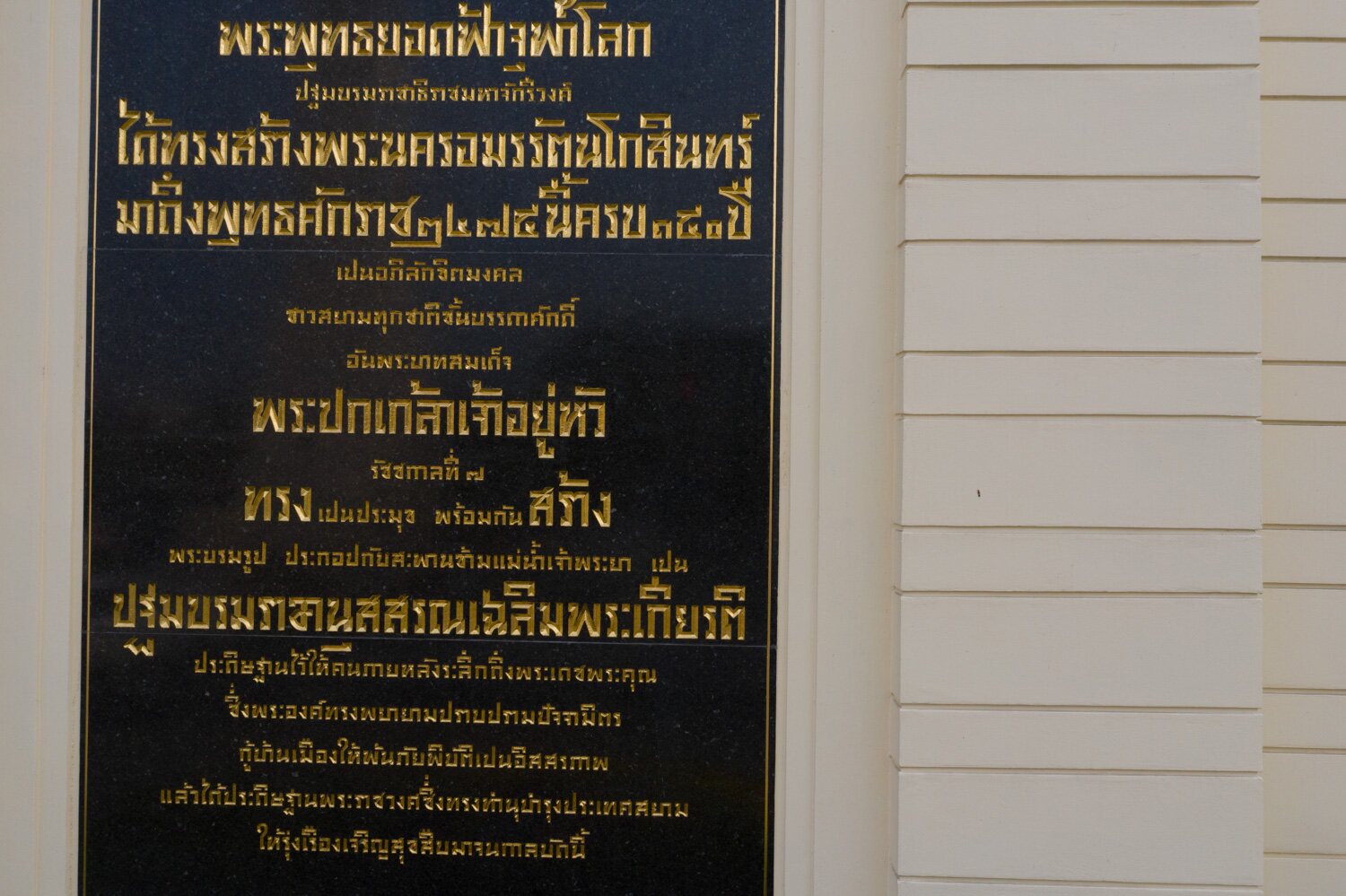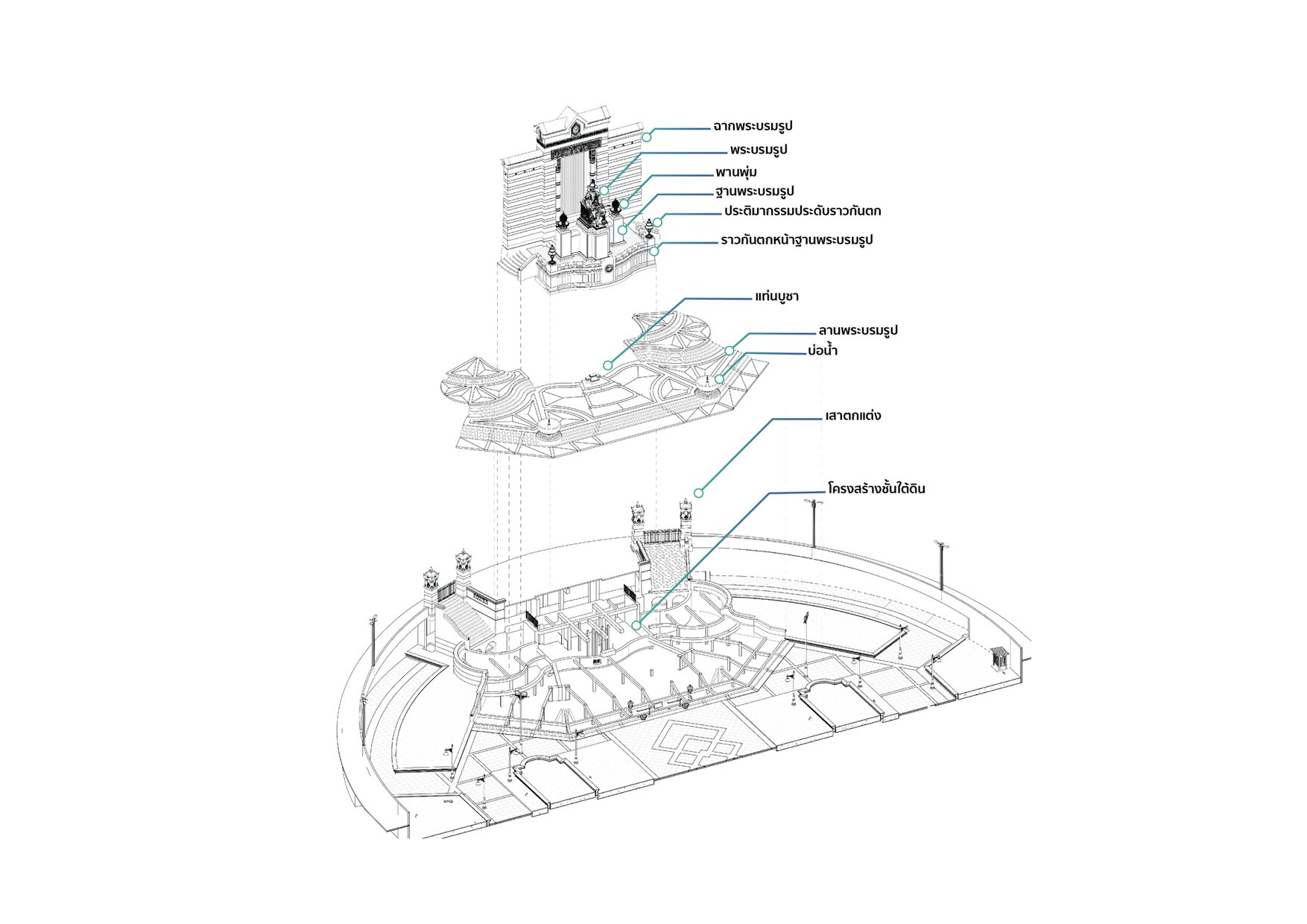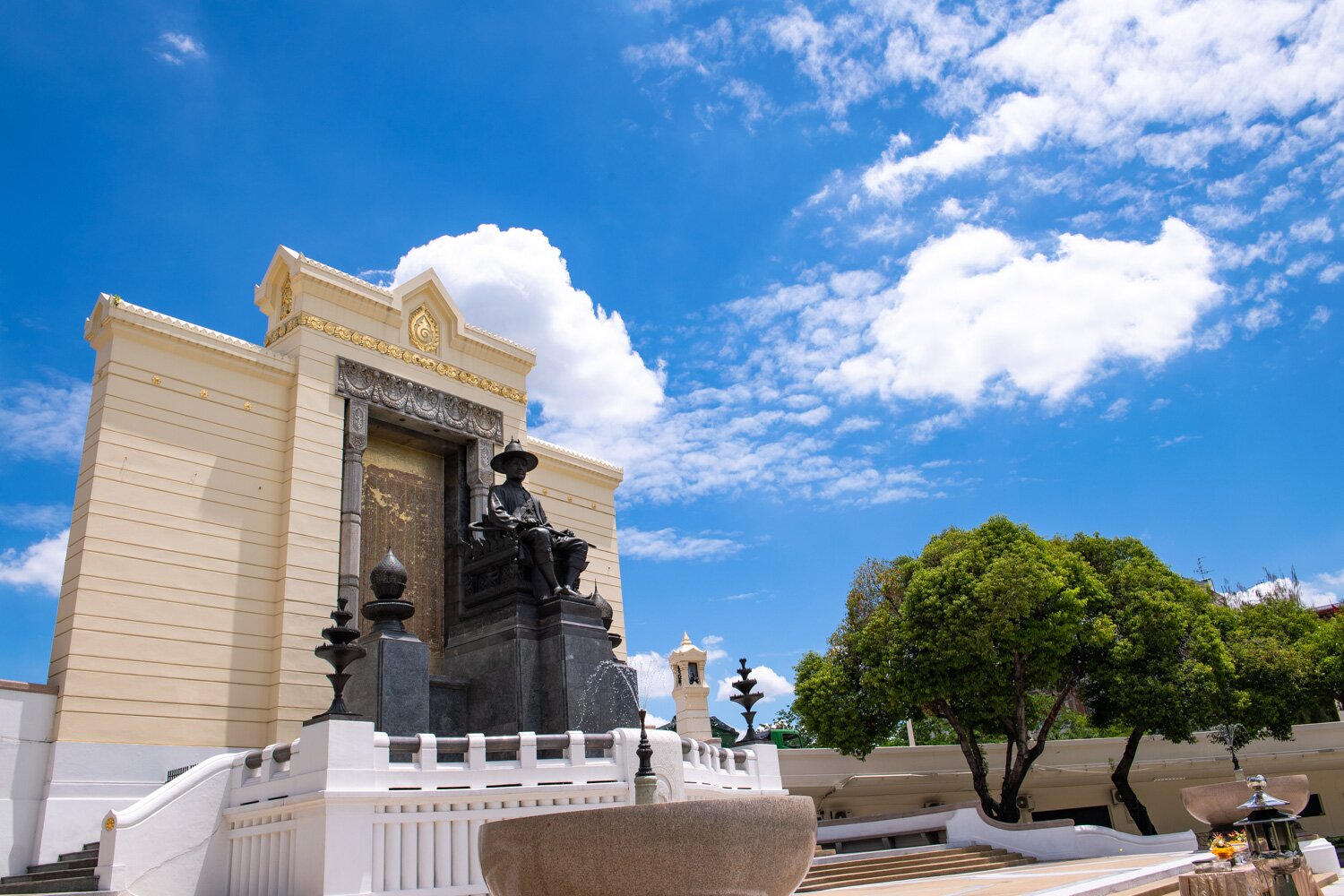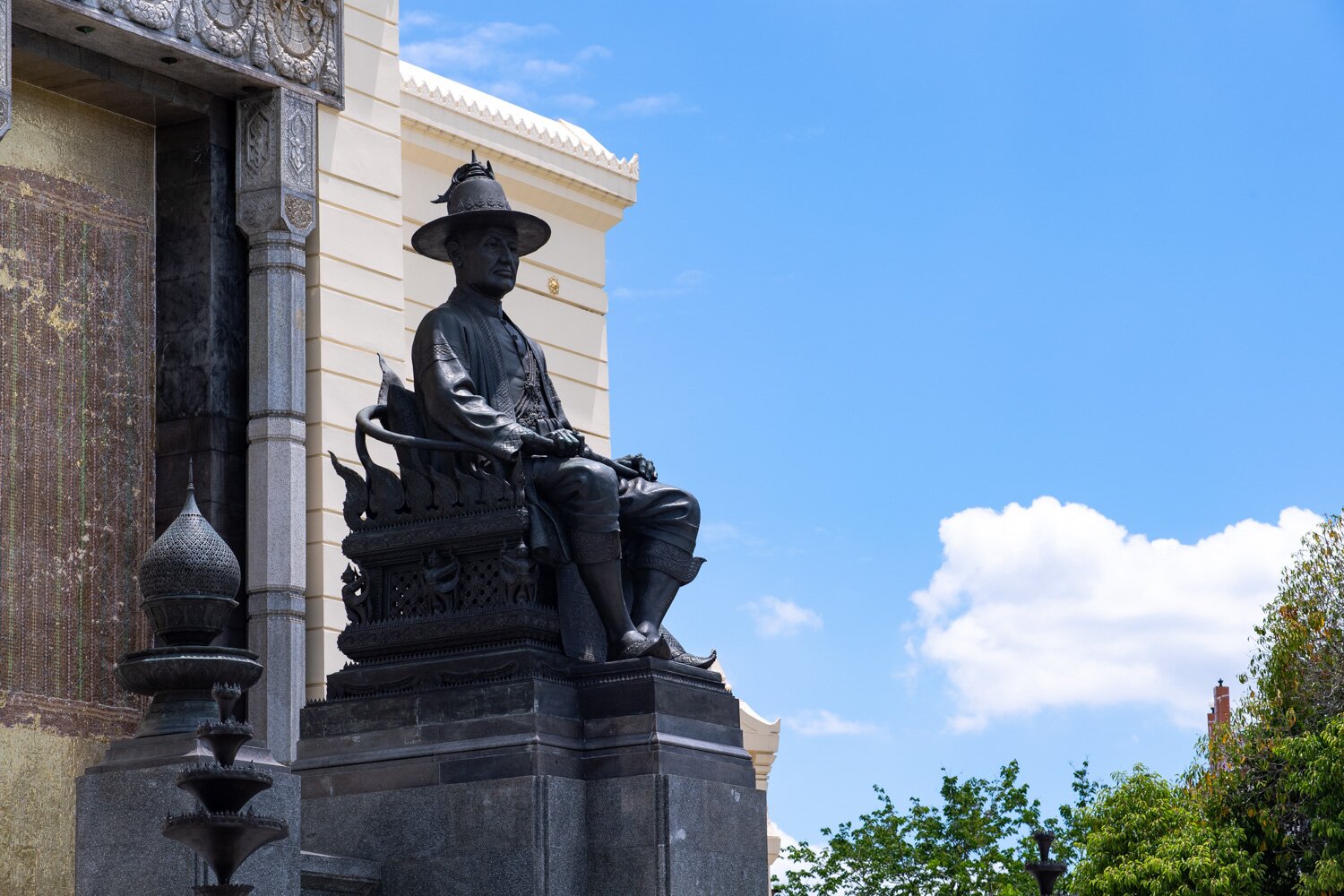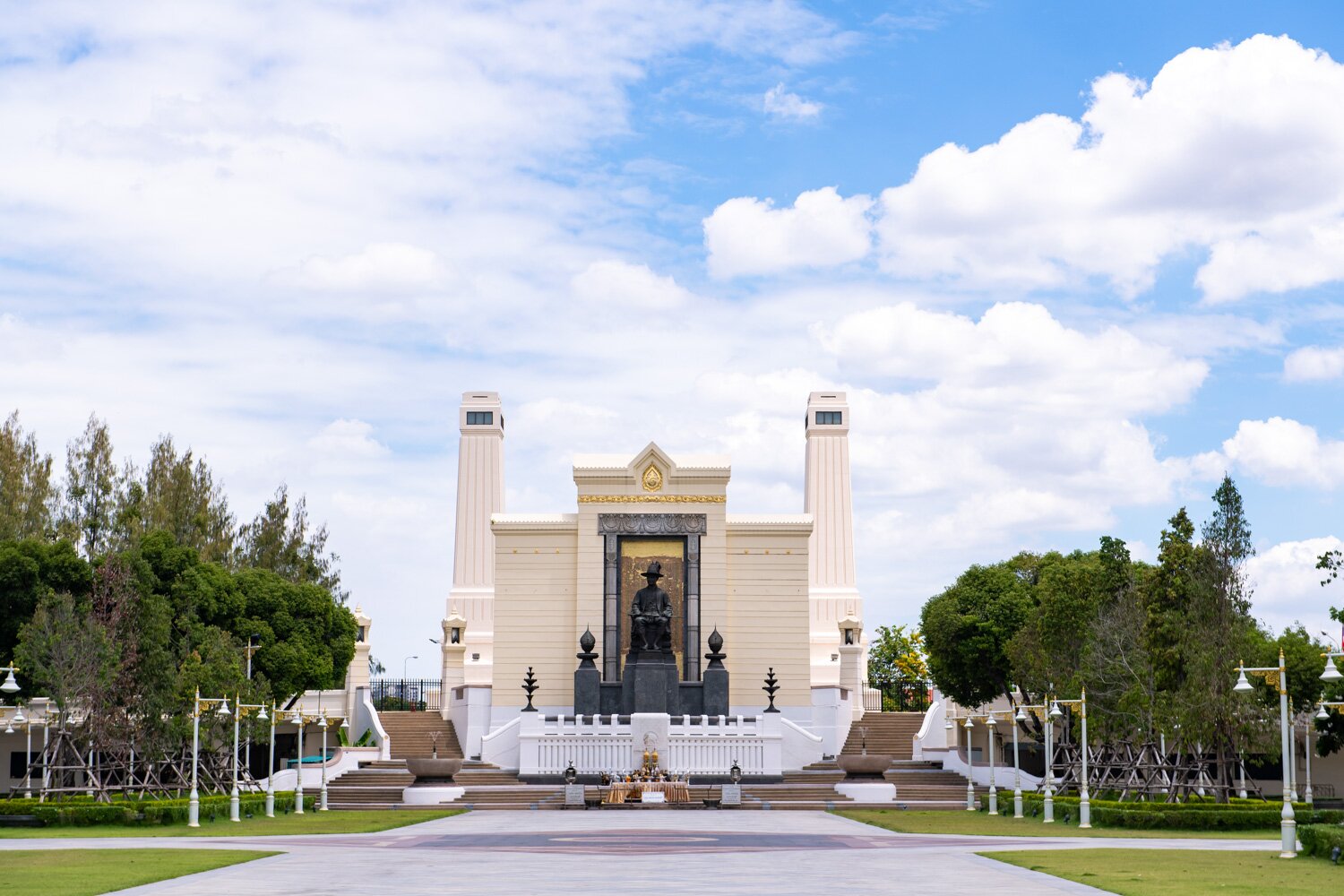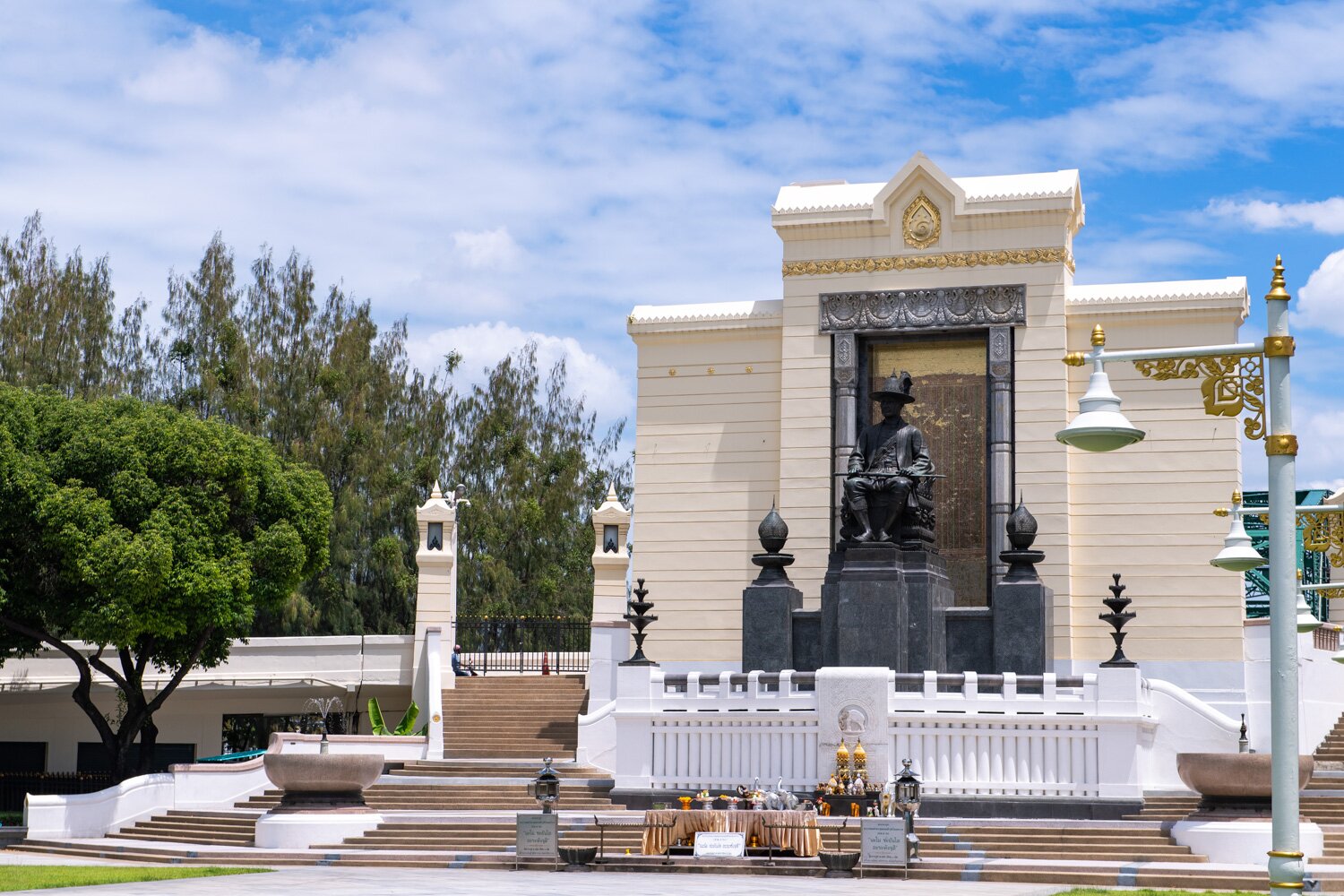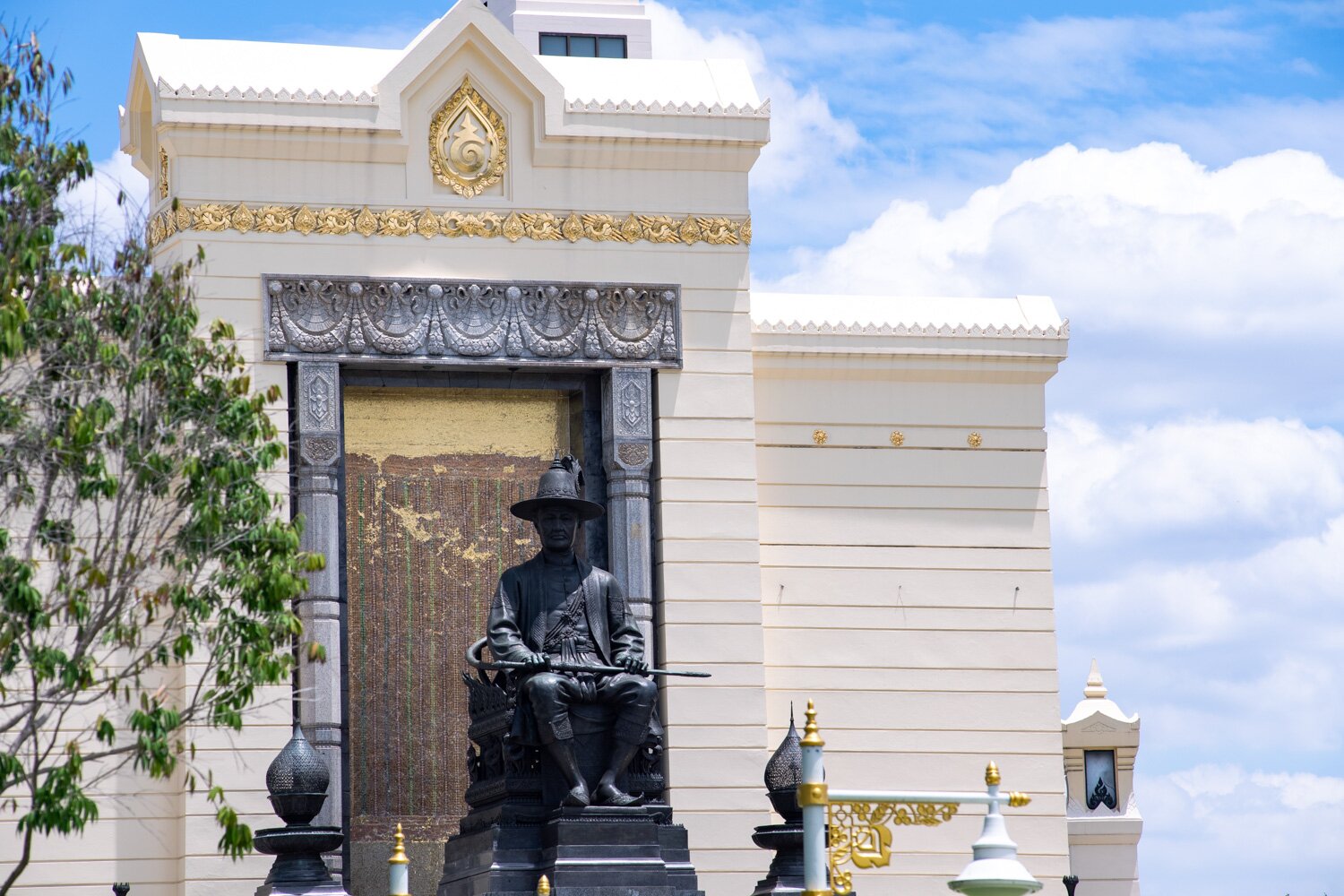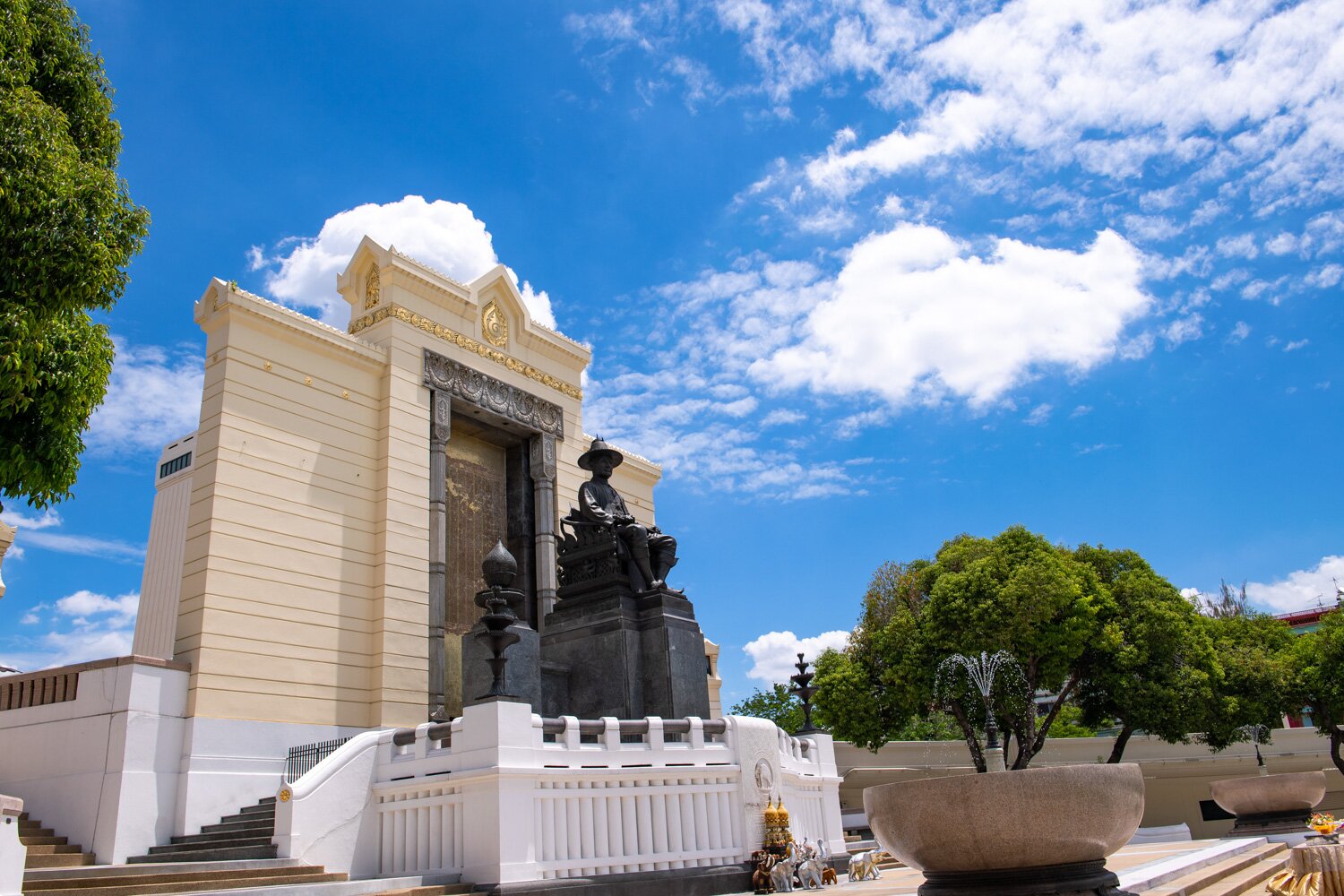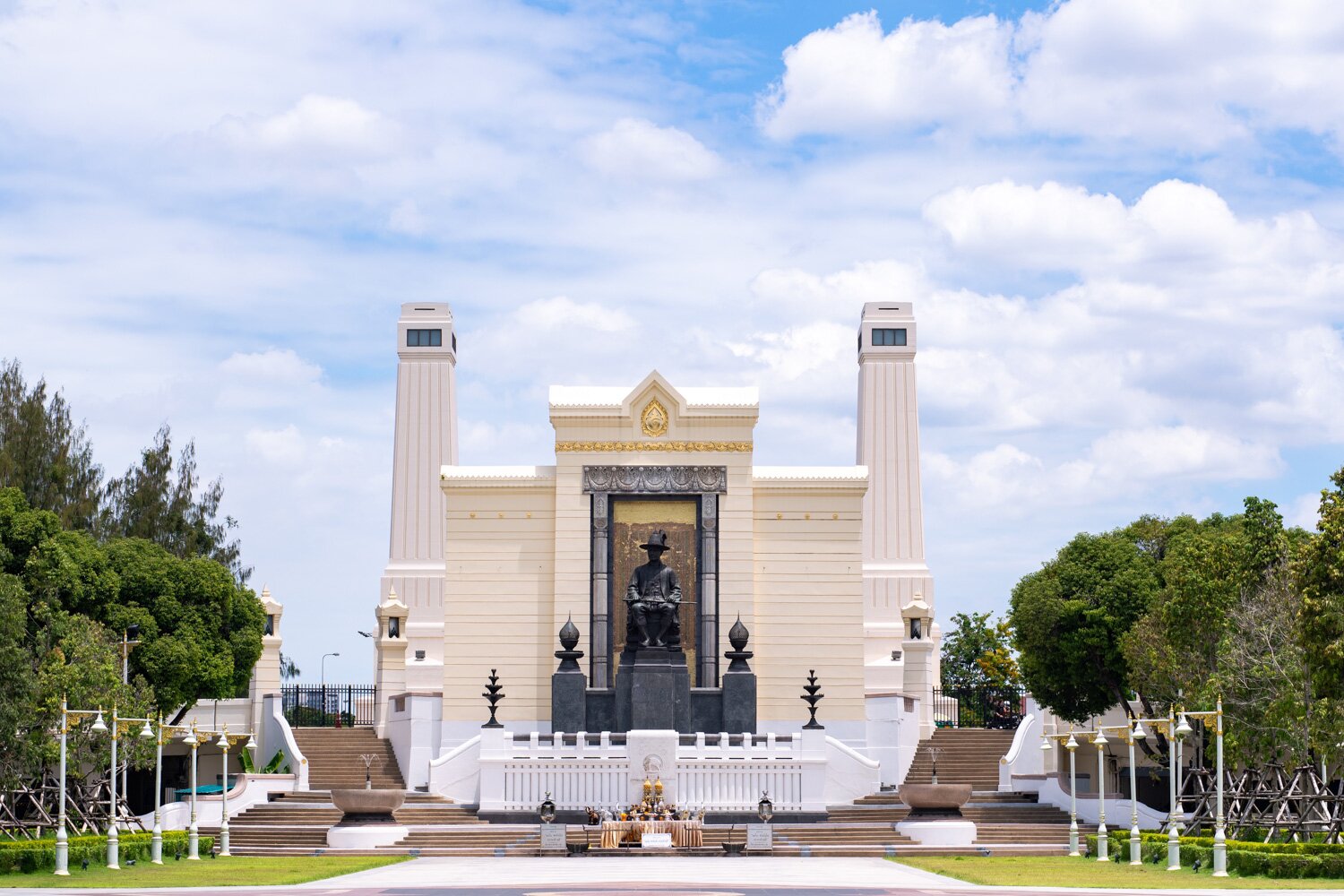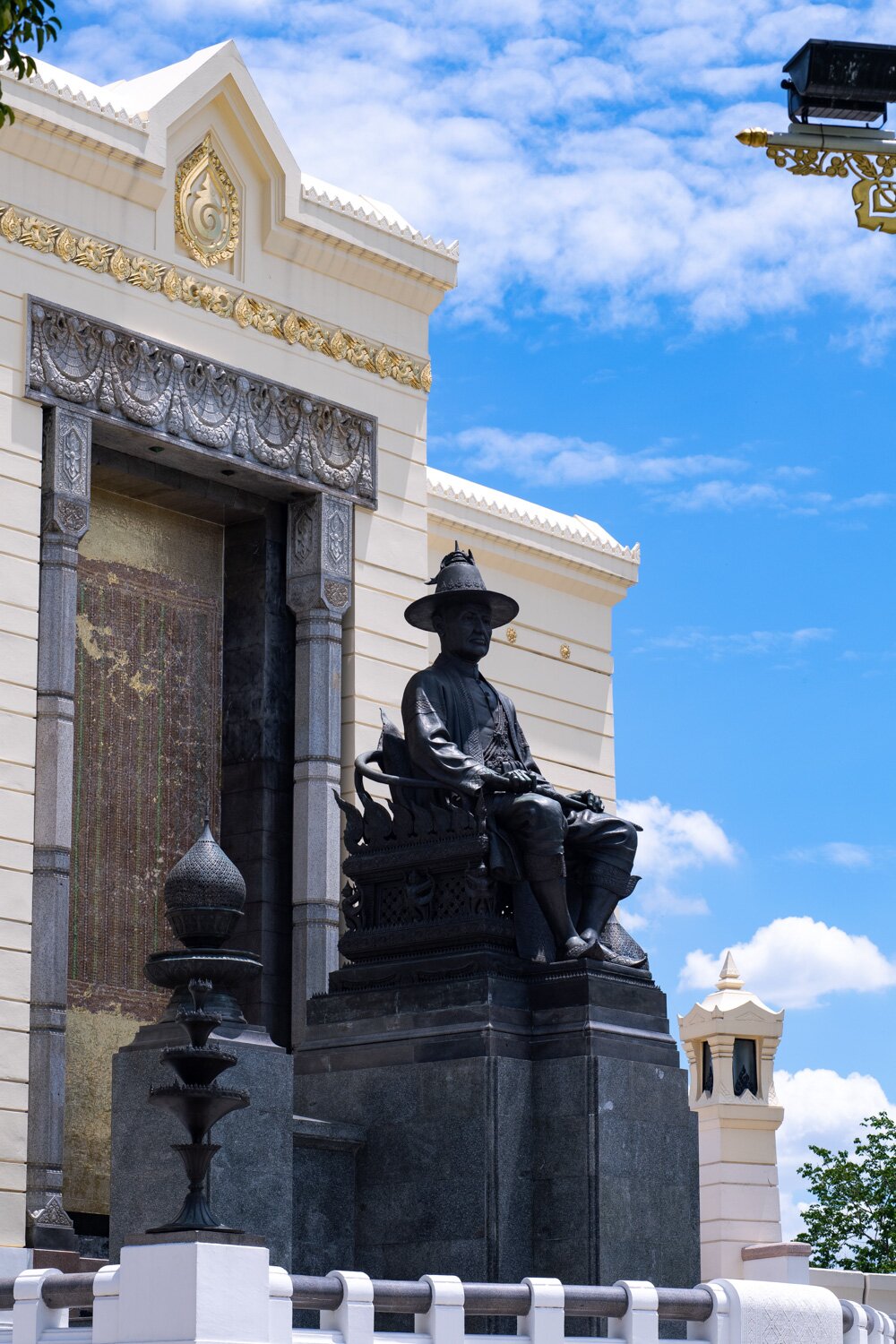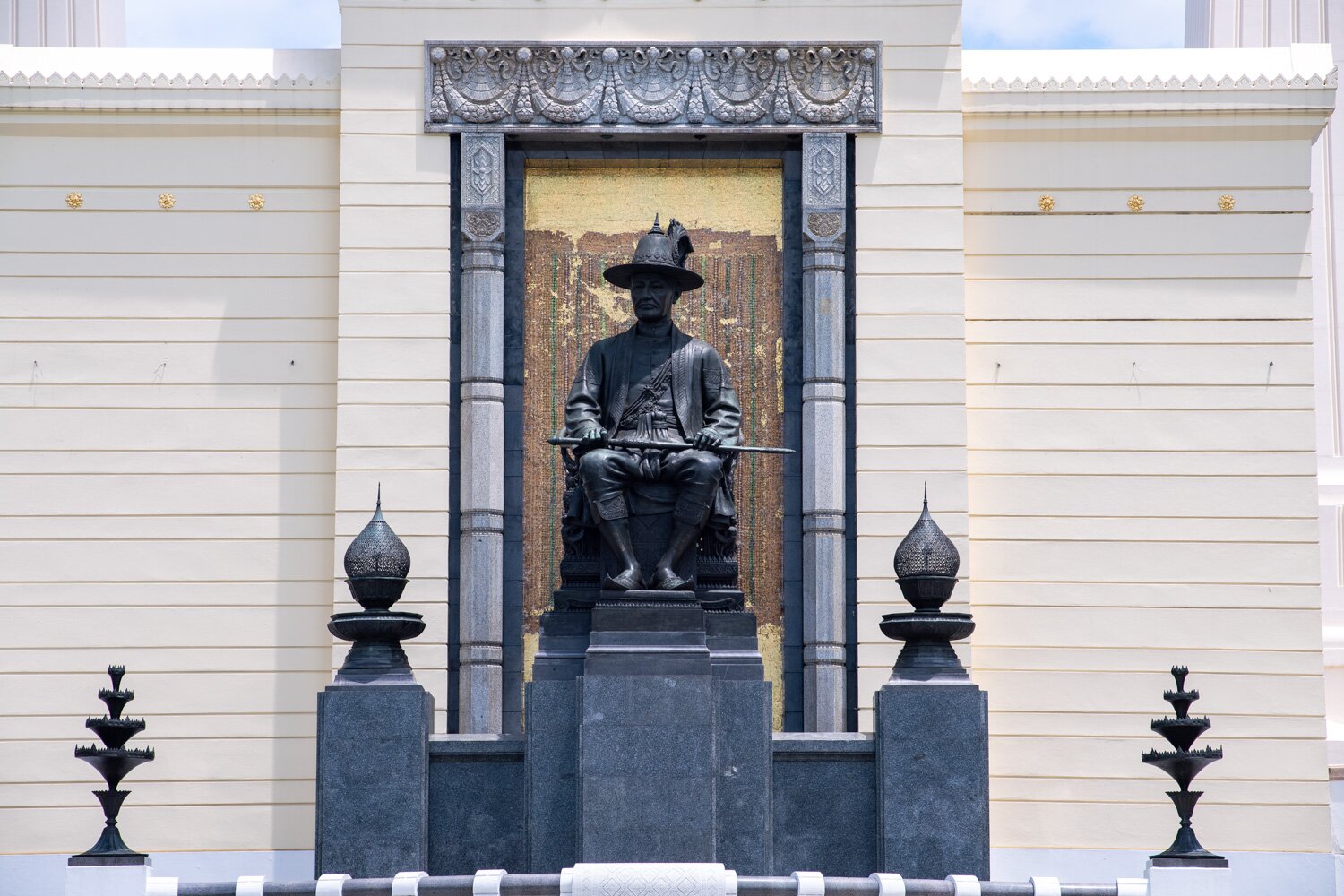In 1932, in commemoration of the 150th anniversary of the establishment of the capital city, King Prajatipok had an initiative to build a memorial for the city’s founder, King Rama I. King Prajatipok stated in the government's official announcement on 25 February 1927, "It is appropriate for the people to celebrate the anniversary of the city. However, celebration does not leave glorious traces that will last for centuries. In this sense, there is nothing more pertinent than to build a monument that will last forever. I propose the construction of a monument commemorating King Phra Phutthayodfa Chulalok, the King who built this glorious city."
With respect to the style of the statue, Prince Narisara Nuwattiwong first proposed, "In the past, statues of Kings were built in a celestial fashion, earlier as Deva and in the later period as Buddha, like those of Phra Si Sanphet, King Phra Phutthayodfa Chulalok and King Phra Phutthaloetla Naphalai. But in this day and age, a royal statue built in that fashion would be outdated. Now, it would be more proper to build a statue of a King in his royal uniform, without specific connotations. This way, each person has their own interpretation, to look at the statue as a Deva or as a King, like what Westerners would call an allegory."
In one meeting, aside from the fashion in which the statue would be built, Prince Narisara Nuwattiwong also proposed that the statue be erected at Wat Suthat Thepwararam. Initially, there was no objection, only on the style of the statue. It seemed the location in which the monument would stand was set, but in ensuing meetings, some objections arose.
The final decision was King Prajatipok’s. He proposed that they also "build a bridge across the Chao Phraya River. Now is the right time, and waiting will only delay the matter to no end. As for the statue, it will be erected near the bridge."
For this reason, the construction of the King Rama I Monument and the Memorial Bridge (or Phra Phuttha Yodfa Bridge), which connected the old and new capitals (Thonburi and Bangkok respectively), began.
Led by Prince Bhanu Bandhu Vongsevoradej, the King Rama I Monument Committee was formed for the occasion. King Prajatipok spearheaded a fundraising campaign for the monument by contributing Bt2 million, and soon after donations poured in from the general public. The Ministry of Commerce and Ministry of Transport were responsible for the construction of the bridge, which was designed by the Royal State Railways of Siam. The commission of the bridge, after a bidding process among many companies, went to a British firm, Dorman Long.
For the monument, Prince Narisara Nuwattiwong was responsible for the design and supervision of construction. He presented a sketch for King Prajatipok's consideration on 19 July 1929. With the King's approval, Professor Silpa Bhirasri (Corrado Feroci), an Italian sculptor, sculpted the clay original for the statue and shipped it to be molded in Italy. During this time, Thai craftsmen worked on the pedestal that would hold the statue.



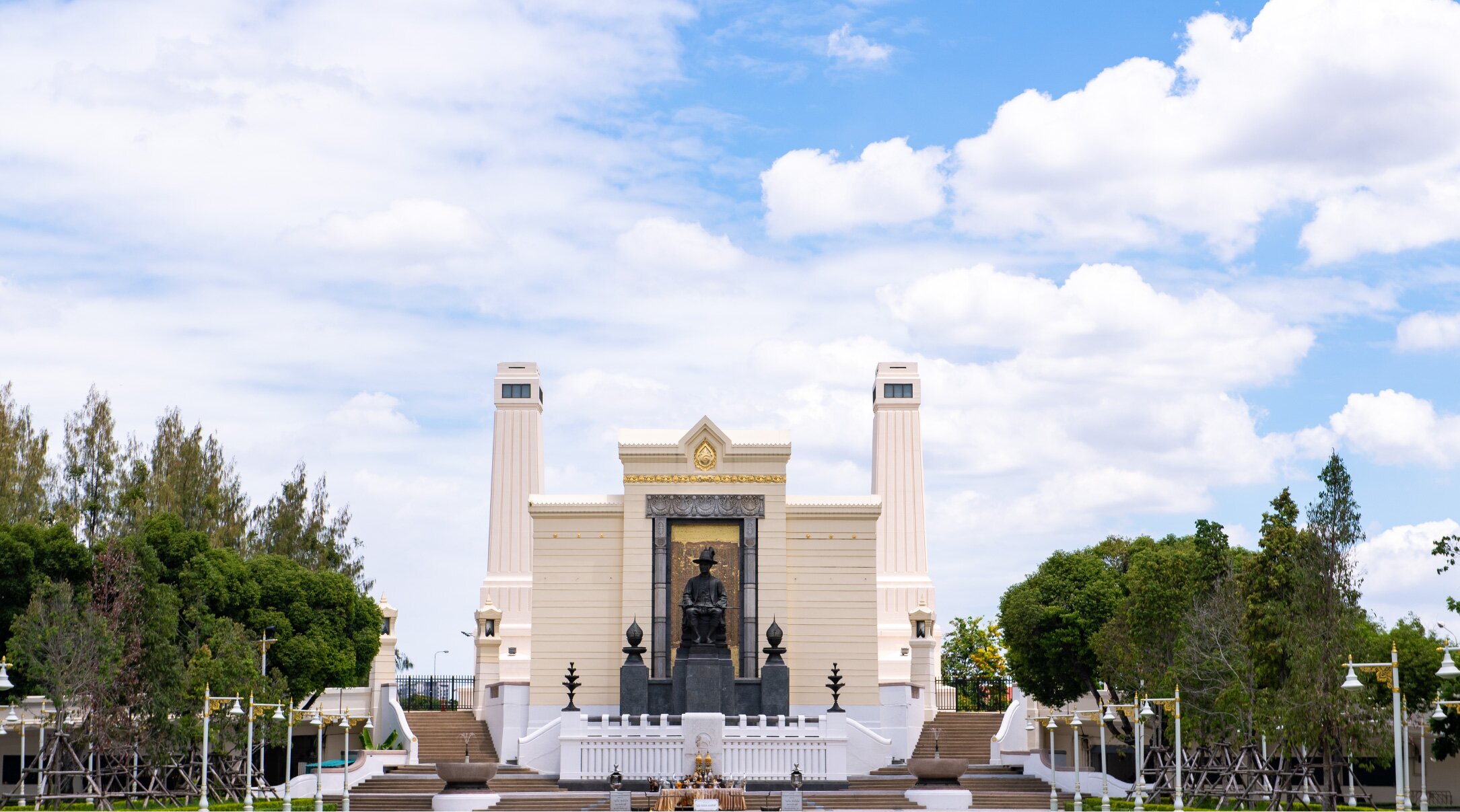
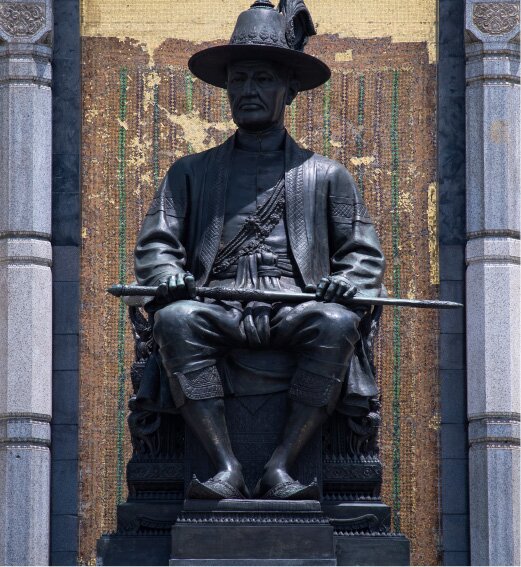
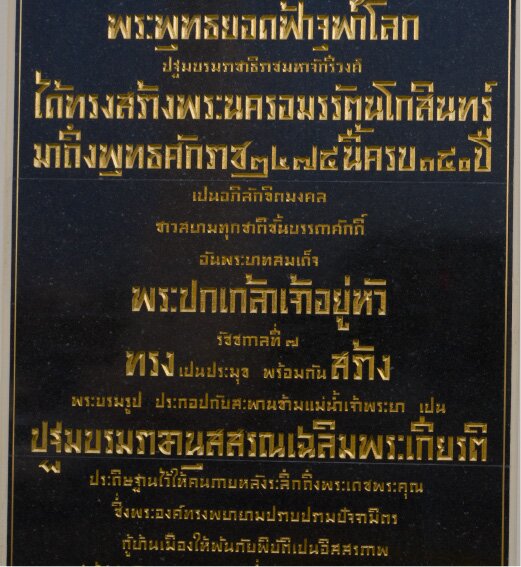
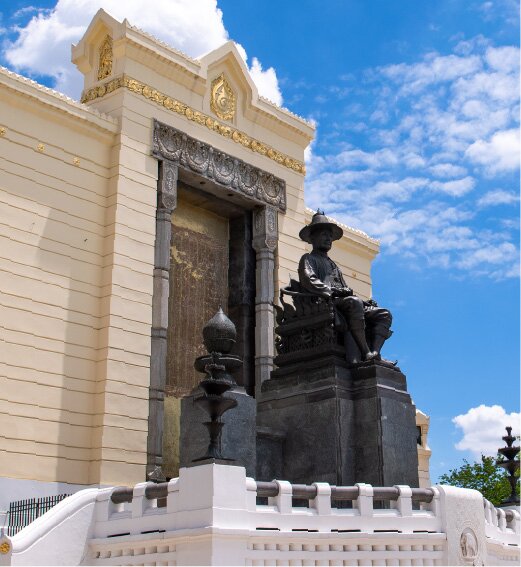
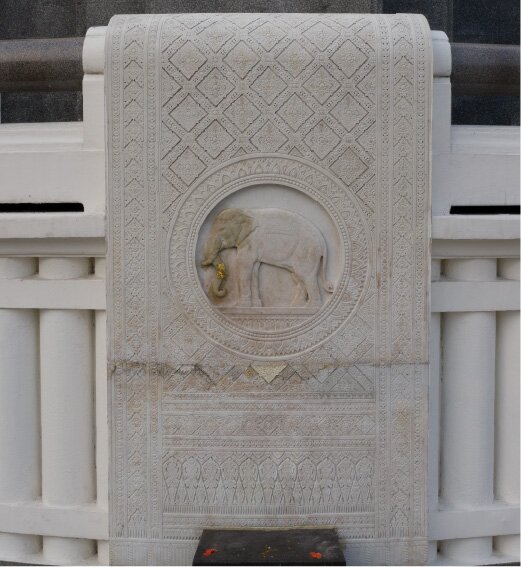
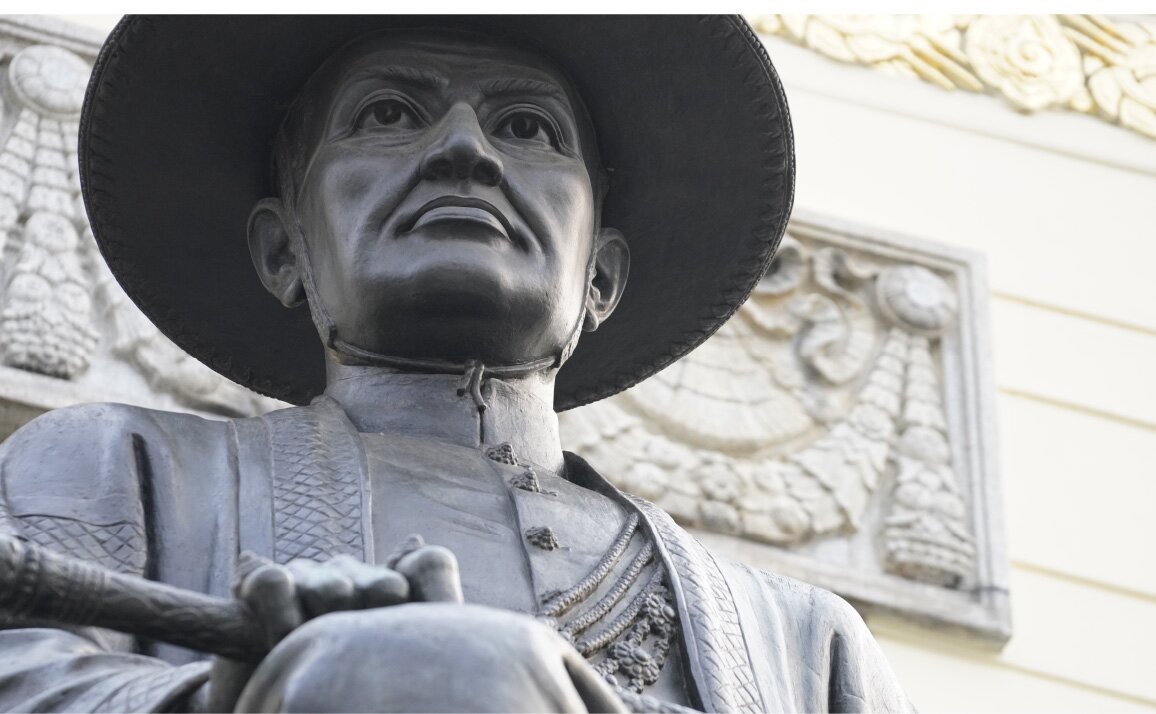
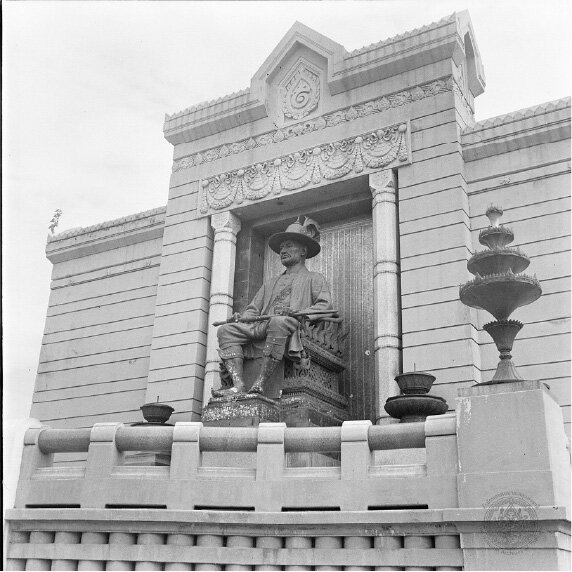
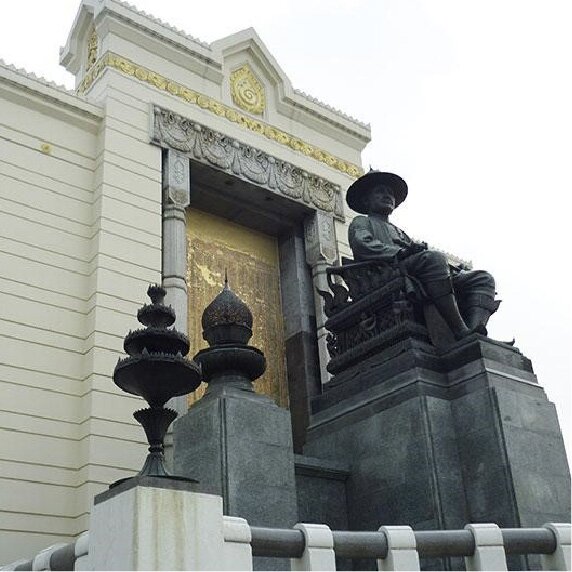
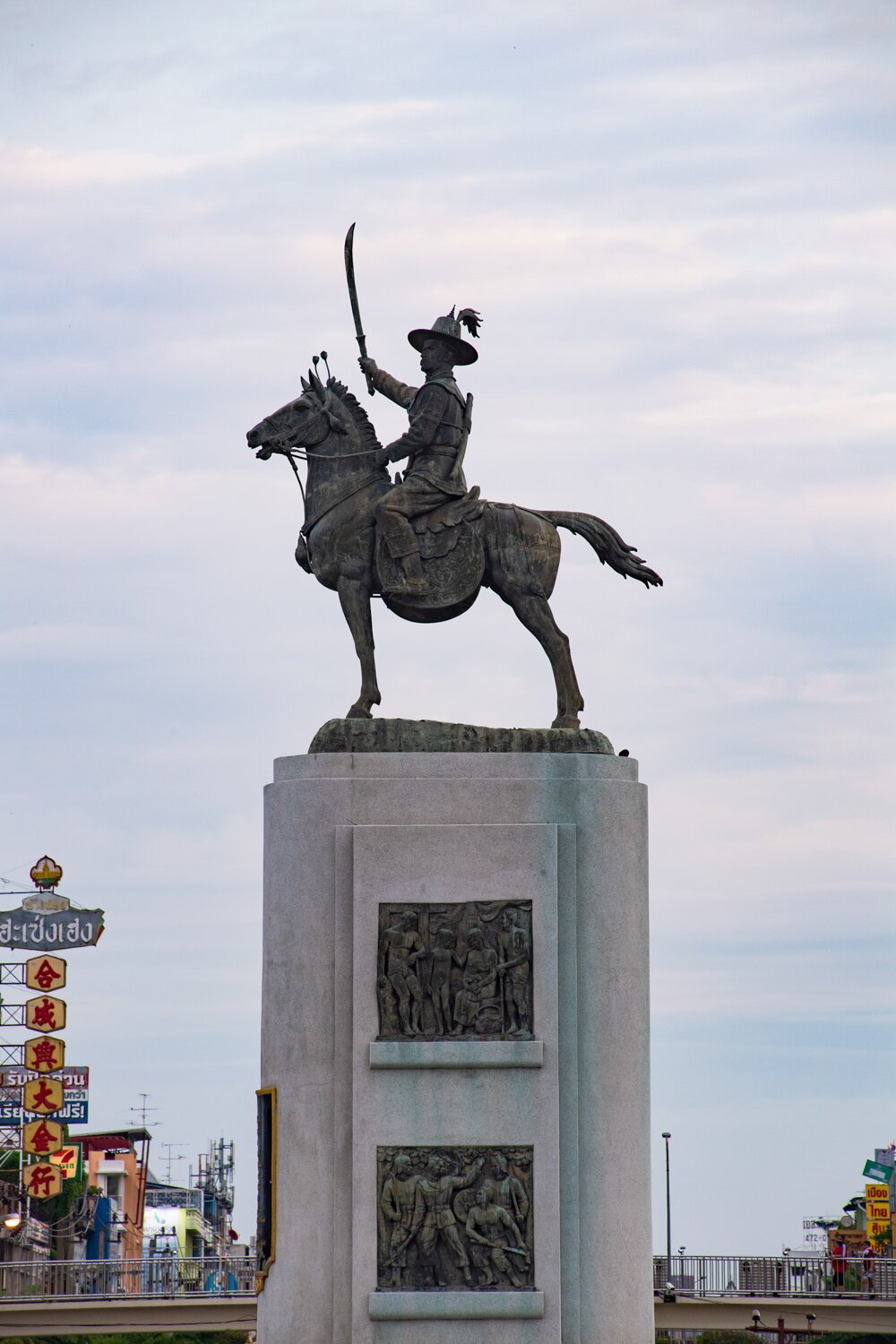
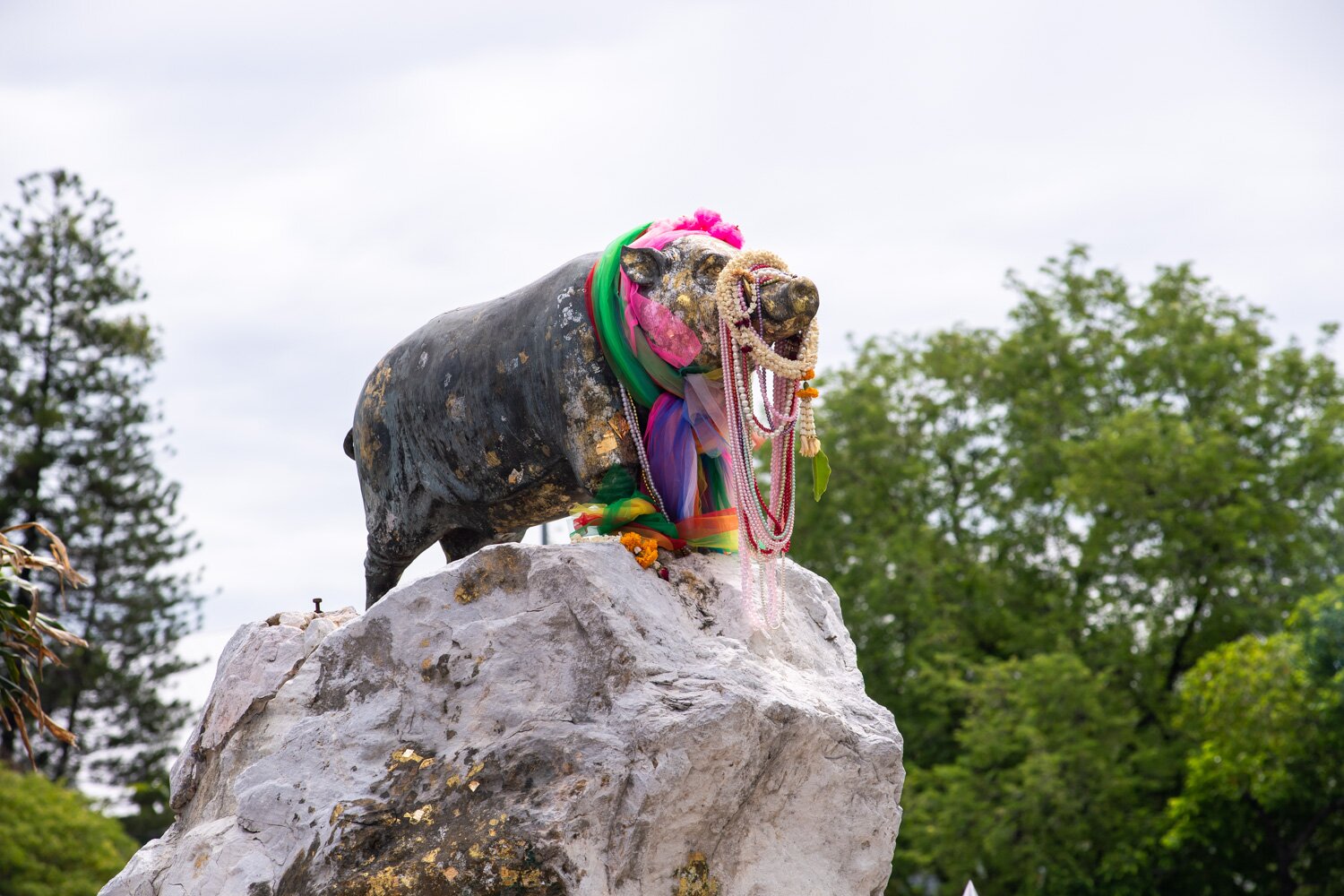
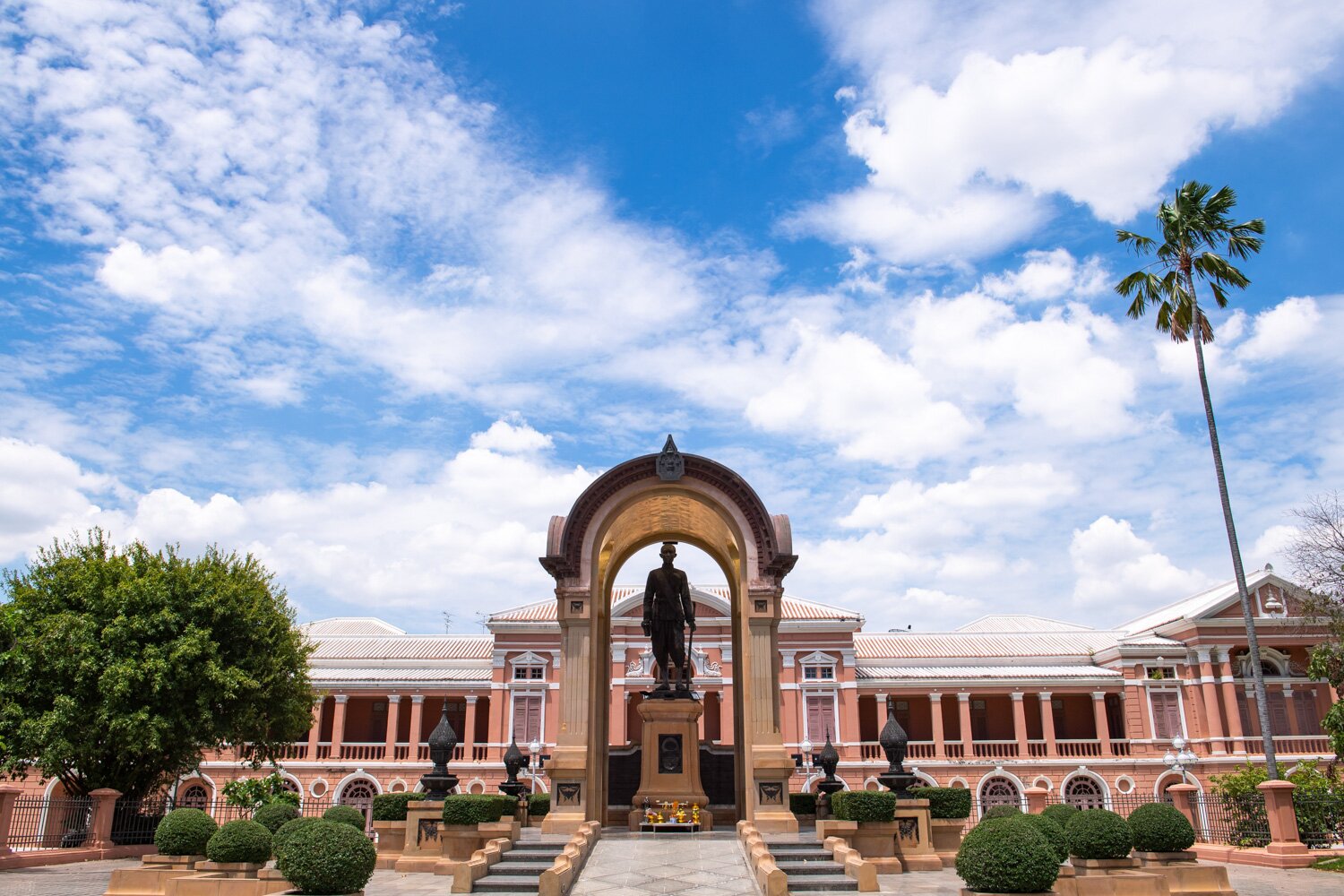
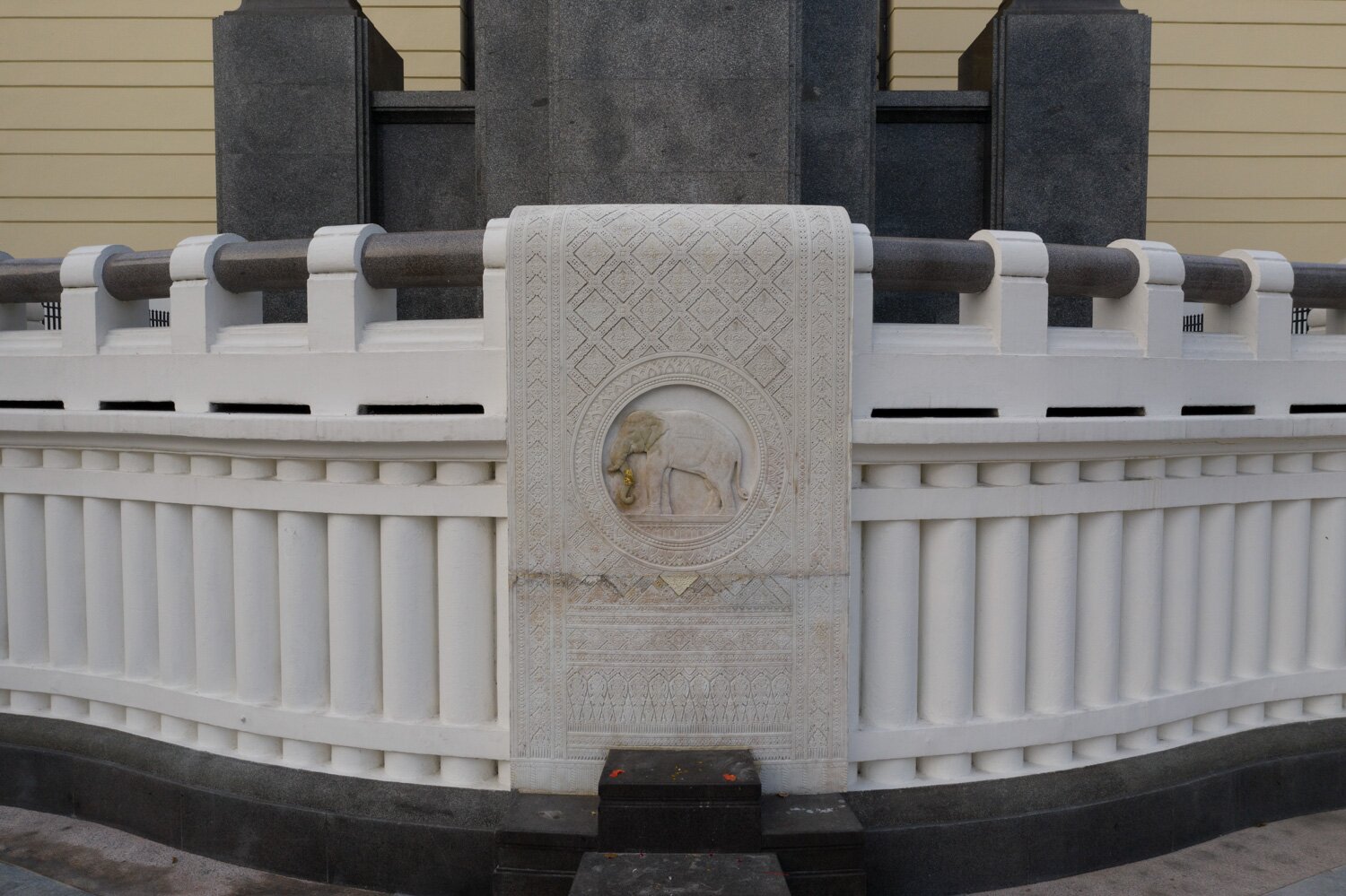

.jpg)
